Spring 2024 Colloquium

The Bradley Department of Electrical and Computer Engineering colloquium series is being delivered once a week to the faculty, students, and guests in Arlington, VA. Speakers consist of academics, captains of the industry, technologists, venture capitalists, defense companies and even our very own ECE alumni!
*All colloquiums are held in-person at the Virginia Tech Research Center with a Zoom option.
| Location: | Virginia Tech Research Center, 900 N Glebe Road, Arlington, VA 22203 |
| Room: | Foggy Bottom |
| Reception: | 3:30 p.m. - 4 p.m. |
| Talk: | 4 p.m. - 5 p.m. |
January
Jan 24. Kurt Schaubach, Chief Technology Officer for Federated Wireless (ECE alum)
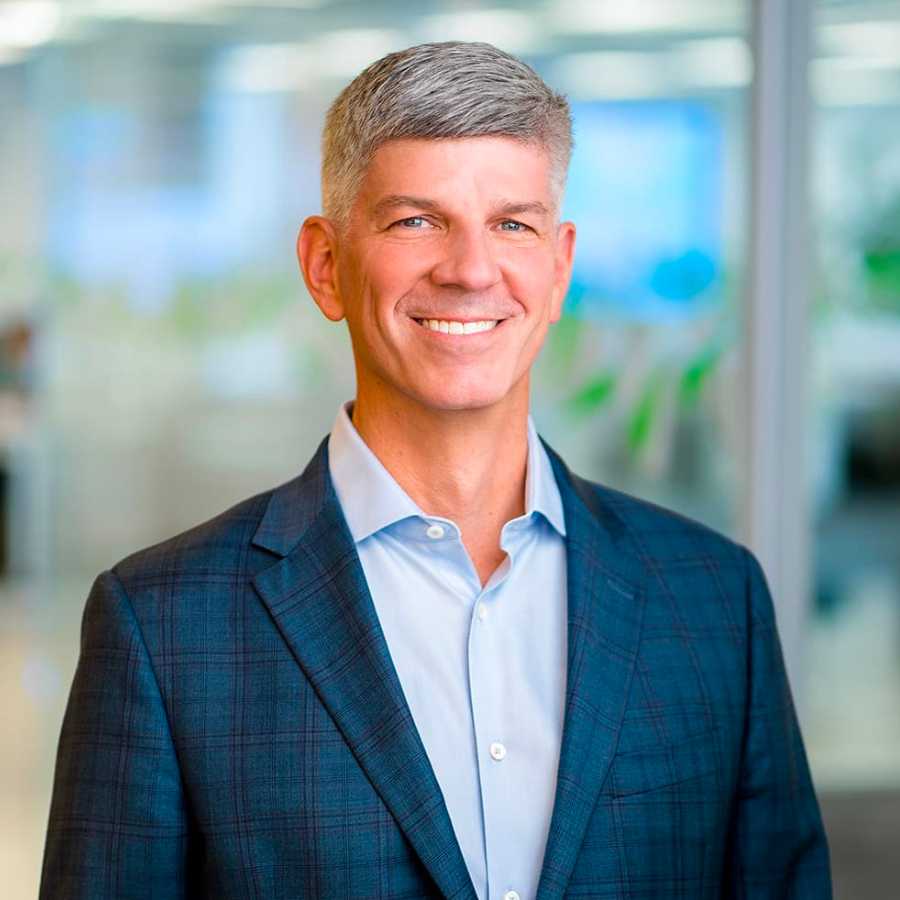
Title: Spectrum Sharing: What is it and why is it so important?
Abstract: Digital transformation is happening all around us. A whole new wave of cloud, edge, and IoT applications will advance societies, transform industries, and dramatically enhance our day-to-day experiences. Services that we used to see as futuristic, such as augmented reality, connected vehicles, and advanced mobile cloud gaming have arrived. Wireless communication is propelling this digital transformation forward. However, as demand for pervasive and robust wireless connectivity grows, so does the demand for radio spectrum. Spectrum sharing – optimizing the use of the radio spectrum through enabling multiple categories of users to reliably share the same frequency bands – is vital to address this growing demand.
Jan 31. Xiangwen Guo, Research Assistant for University of Virginia
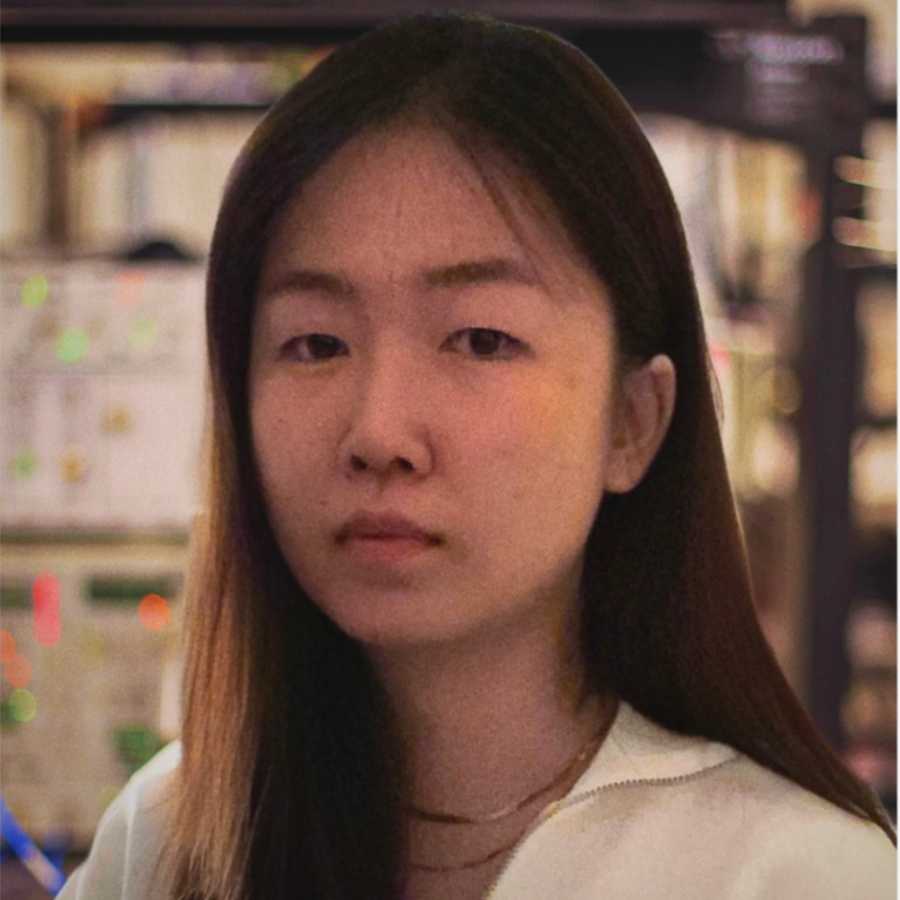
Title: Heterogeneously Integrated Photodiodes and their applications in microwave photonics and quantum measurements
*On Zoom only
Abstract: Integrated photonics has recently drawn attention owing to advantages of low loss, scalability, cost, functionality, and performance when compared to discrete components. By heterogeneous integration, advantages from different material systems become accessible all at once. This work presents high-performance (bandwidth, responsivity, and power) scalable heterogeneously integrated III-V photodiodes on different platforms such as lithium niobate and silicon nitride. With the realization of heterogeneous integration of high-performance photodiodes, integrated photonics systems for different applications become available. This work also presents photonic systems enabled by heterogeneously integrated photodiodes.
February
Feb 7. Michael Sherburne, RF and Microwave Design Engineer for The Johns Hopkins University Applied Physics Laboratory (ECE alum)

Title: There and Back Again: Connecting the disciplines together
Abstract: With the 21st century world quickly changing, it is now more than ever becoming more important to have an understanding between all the various disciplines. Engineers do not work in a vacuum and our work has great societal implications.
Fortunately, a Virginia Tech education can set you up for a successful career in the most unexpected of ways. Some experiences at Virginia Tech can be in the form of a transdisciplinary education that helps to bridge the gap between all the disciplines and how they can be used for better understanding the world’s most complex problems. The relationships you make here will last a lifetime.
In addition, Dr. Sherburne will go over cutting-edge research in ECE relevant fields such as electrooptic sensors for radio-frequency reception (EO/RF) for more accurate radio-frequency measurements, strain-sensing nanomaterial-based paint (SSNaP) for non-destructive evaluation (NDE) applications to make our infrastructure safer, magnetite nanocrystals for solving a wide variety of problems, and the unveiling of a paradigm shifting antenna technology using additive manufacturing.
Feb 21. Wei Ting Chen, Chief Technology Officer for SNOChip Inc.

Title: Metasurface optics: The Pathway from Lab Innovations to Commercial Realization
Abstract: Imagine a world where all optical components are reduced to less than a millimeter in thickness and seamlessly integrated with semiconductor sensors. This vision is being brought closer to reality through metasurface optics built by optical elements consisting of sub-wavelength nanostructures.
Over the past few decades, the development and application of these metasurface optical components have shifted from laboratory concepts to mass production. The momentum is driven by the potential for semiconductor foundries to not only produce semiconductor sensors but also these advanced meta-optical elements using deep ultraviolet lithography.
In this presentation, I will detail the journey of metasurface optics from research innovation to commercial application, contrast its distinctive features in comparison with traditional refractive and diffractive optics, and highlight the latest significant advancements.
March
Mar 13. Sandy Forney, Director of Digital Transformation Business Operations and Strategy for Northrop Grumman (ECE alum)

Title: The Power of a Fully Connected Digital Thread
Abstract: At Northrop Grumman, we design, develop, build and support some of the world’s most advanced products across air, cyber, land, sea, and space. Across our business, we are integrating digital technologies throughout a system’s lifecycle and making data-driven decisions with the speed, quality and efficiency our customers require. In this session, we’ll explore how a digital thread connects the program lifecycle, and the benefits of harmonizing processes and tools by digitally transforming. We’ll dive into the importance of why we’re implementing new technologies, and how employees are empowered to utilize their talents and in-demand skillsets to forge what’s possible in our ever-evolving digital age.
Mar 27. Scott Acton, Electrical and Engineering Chair for University of Virginia (ECE alum)

Title: Visual Revolution: The Power of Images, Video, and Machine Learning
Abstract: This talk will feature two families of machine learning, the diffusion network and the transformer. First, the two basic methodologies will be introduced from first principles. Second, two developments from the Virginia Image and Video Analysis laboratory will be described. A diffusion method for multiplicative noise will be outlined. And, a special-purpose transformer for recognizing human activity will be explained. The talk will conclude with recommendations regarding research in artificial intelligence.
April
Apr 3. Steven Bathiche, Microsoft Technical Fellow, Vice President of Windows and Devices for Microsoft (ECE alum)
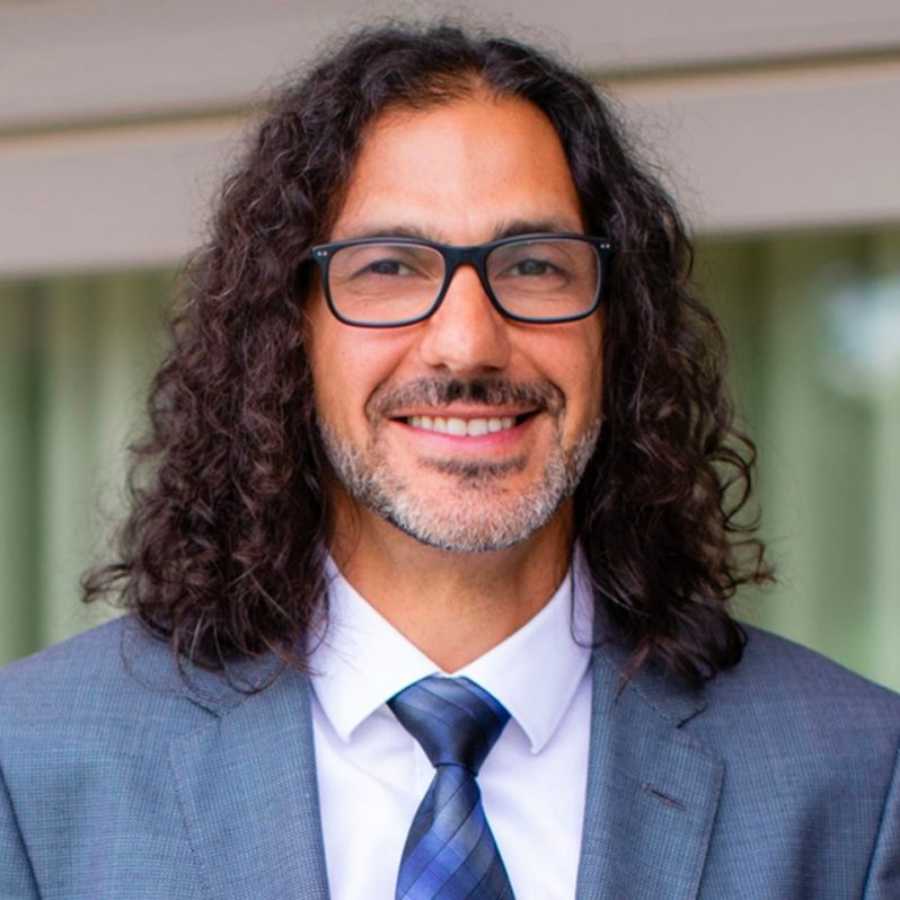
Title: The Disruptive Evolution of Computers through the Introduction of New A.I.-Driven Interactive Technologies
Abstract: The entire computer-interaction model is about to change. The dominant models of explicit control and direct manipulation by keyboard, mouse, and touch will give way to implicit models powered by big A.I. Users will express their intent through natural commands, and devices will figure out and complete the discrete tasks needed to fulfill the stated goal.
The implications are earth-shattering for our entire industry. In this talk we will touch on advances in artificial intelligence and its new silicon: neural processing units (NPU’s). We will evaluate the performance of NPU’s and show examples of how NPU’s and large models are being applied to human interfaces and new device form factors.
Finally, we will explore the implications of “outside” agents as the new platform, and suggest the potential for agent-first devices that this platform makes possible.
Apr 10. Paige Kassalen, Chief of Staff and Strategy for Saab, Inc. (ECE alum)

Title: Building Business Cases for AI Implementation
Abstract: A variety of sources like Gartner, Forbes, Harvard Business Review, and Deloitte, say that anywhere from 60%-80% of AI projects fail due to unclear objectives and poor R&D project management. These trends continue with a similar amount never even making it to the production phase and a good number of clients indicating minimal or no impact regarding the use of artificial intelligence.
The answer to improving these statistics is not a greater investment in technology development. To improve the number of AI solutions that make it out of R&D and into production, we need to invest more energy in the upfront work to develop the business case and select the right applications for the technology before development even begins.
To build a business case for AI solutions, we need to consider many client variables including, data readiness, appetite for risk, requirements for capital investments, and influence of solution champions within the organization.
Regardless of region, industry, or business model almost every organization is thinking about how AI will impact their business, not just in the long term, but in the present. A 2023 Gartner survey finds 79% of corporate strategists are looking at AI and analytic solutions as critical factors to their success over the next two years. Organizations that build successful business cases for AI implementation and increase the percentage of AI projects that make it to the production phase will emerge as leaders in the modern workforce.
Apr 24. Megan Bennett, SLD Electrical Design Engineer II - Lunar Transportation for Blue Origin (ECE alum)
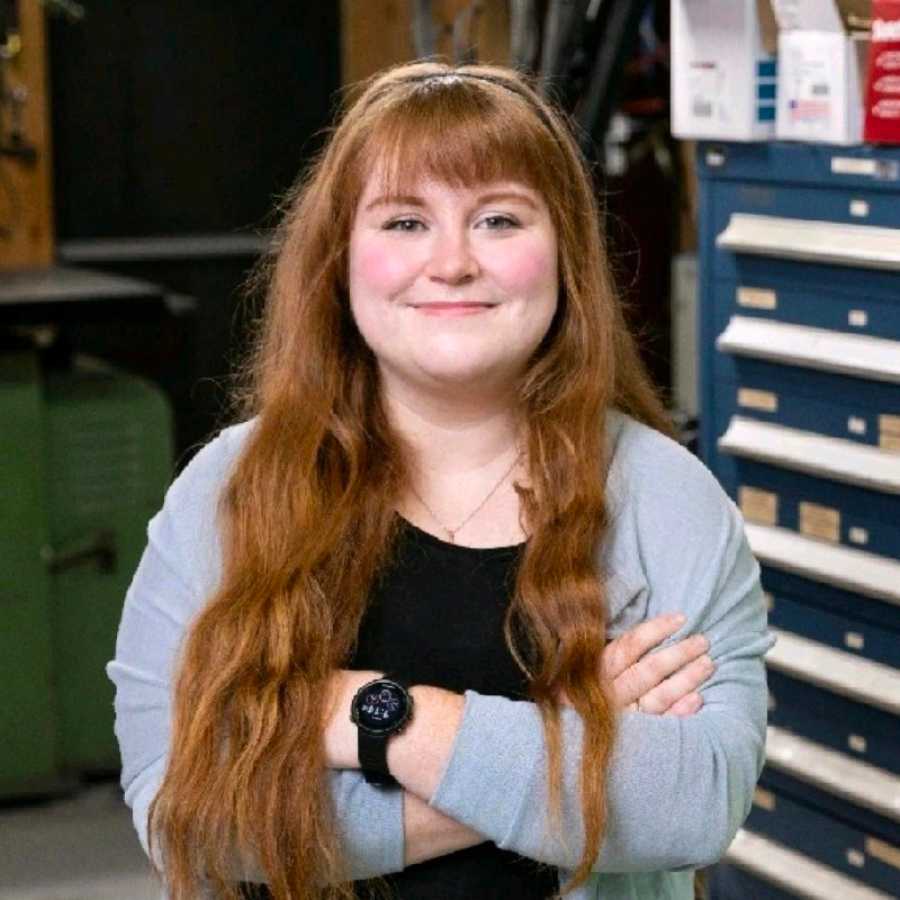
Title: The Unspoken Subtleties of Building Spacecrafts
Abstract: The moon is simply the next destination and Megan Bennett has insight on why building spacecrafts is more than meets technical project scope. Private companies are playing a pivotal role in the way humanity navigates the future. It is up to us to understand the deep importance of policy, projects and community in our daily lives.
Beyond our atmosphere lies boundless challenge, discovery and an opportunity to become active members of a sustainable future. It is no surprise that Rocket Science is tough but building cultures that can sustain the infrastructure of interplanetary commerce is a problem so tidal that it is up to every global citizen to understand the impact of their decisions. Bennett is driven to ensure that people are empowered to take ownership of building their own hypothetical spacecrafts… maybe some literal ones along the way too!
May
May 1. Jeannette Mills, Non-Executive Director for Shoals Technologies Group (ECE alum)
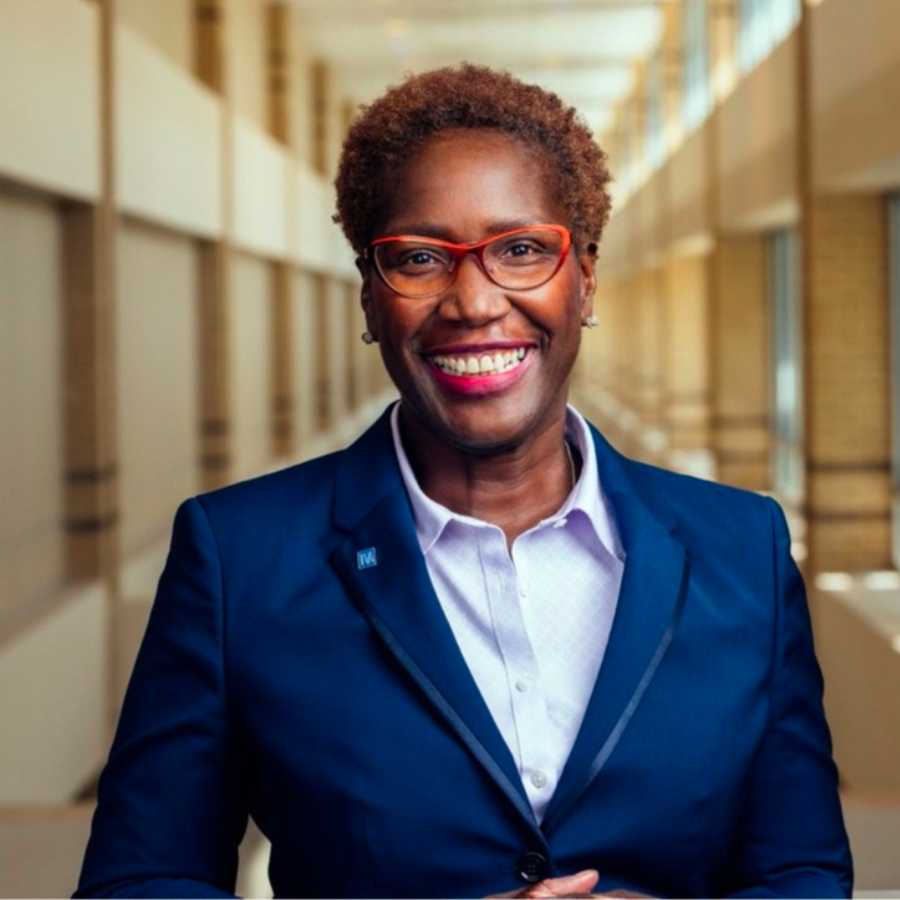
Title: The Keys to Opportunity
Abstract: Education is the key first step to opportunity and a common thread to success. However, it can be intimidating to determine the next steps on the path and navigate life’s changes. Jeannette Mills offers students her five guiding principles to navigate decision points, forks in the roads, and encouragement in getting comfortable doing hard things.
A graduate of Viginia Tech with a Bachelors Degree in Electrical Engineering, Jeannette Mills is Executive Vice President and Chief External Relations Officer at the Tennessee Valley Authority. She will share how she leveraged her education from Virginia Tech for a successful career in the utilities and energy space.


